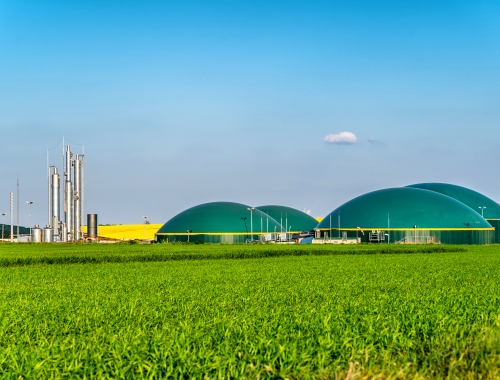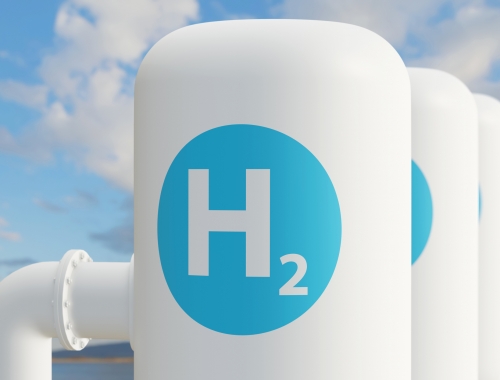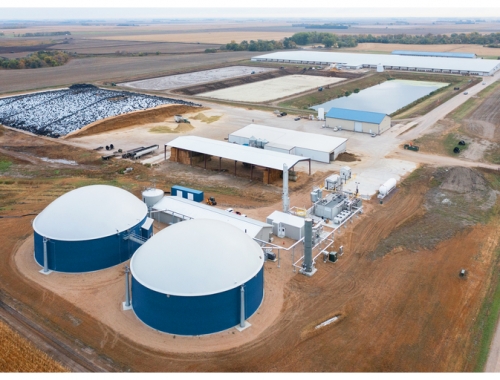Permian producers step up emissions-cutting efforts
SUMMARY
Producers in the US Permian Basin are accelerating initiatives to cut emissions from their oil and gas operations in the region.
By Anna Kachkova - NGWPOSTED IN:
Operators in the US Permian Basin have been stepping up emissions-cutting efforts recently. The push is in line with a greater global focus on decarbonisation and the energy transition, and appears likely to accelerate.
The Permian has long been in the spotlight over flaring of associated gas produced in the basin by operators targeting oil. Additionally, the basin’s size and the fact that it makes such a major contribution to US oil and gas production means that it is also seen as an important target for decarbonisation.
Decarbonisation push
In response to these concerns, the number of decarbonisation initiatives being announced by producers operating in the Permian is rising. A recent, high-profile example is oil major ExxonMobil’s announcement in December that it would target net zero greenhouse gas (GHG) emissions from its operated Permian assets by 2030.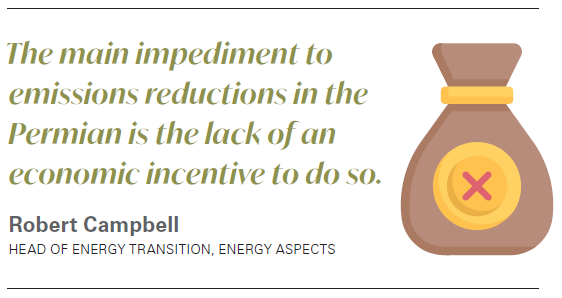
“The greenhouse gas emission-reduction efforts in the Permian will be supported by electrifying operations, continuing investments in methane mitigation and detection technology, eliminating routine flaring, upgrading equipment, and employing emissions offset technology, which may include nature-based solutions,” ExxonMobil stated on December 6.
The company added that it would use low-carbon power – potentially from renewable sources or natural gas deployed alongside carbon capture and storage (CCS) – to electrify its operations. Its plans include the expansion of methane detection efforts via the use of satellite surveillance and ground-based sensors.
ExxonMobil said that by the end of 2021, it anticipated cutting flaring across its Permian operations by more than 75% compared with 2019 levels. It is then targeting the elimination of all routine flaring in the basin by 2022.
The major is one of a growing number of companies committing to the elimination of Permian flaring. Indeed, some operators have already met this goal, with Apache announcing in October that it had ended all routine flaring across its US onshore operations, which are primarily focused on the Permian. Others, including BP and Diamondback Energy, are aiming for zero routine flaring in the basin by 2025.
The move towards electrification and renewable energy being used to power operations is also being seen among other Permian operators. Companies starting to use solar to help power their projects in the basin include Occidental Petroleum, EOG Resources and Chevron.
“There’s huge scope to decarbonise operations in the Permian – ie. Scope 1 (the operators’ own emissions) and Scope 2 (the emissions of contractors/suppliers) – due to the abundant solar and wind resources in the area,” consultancy Energy Aspects’ head of energy transition, Robert Campbell, tells NGW. “A number of operators have made announcements to this effect that they are going to electrify operations and back them up with power purchase agreements with renewables firms in Texas. Similarly, efforts to reduce methane emissions from operations or flaring can go a long way to cutting these emissions.”
Shortcomings
While plans for decarbonising the Permian have been broadly welcomed, such initiatives have also been criticised for not being ambitious enough in some cases. Indeed, operators’ actions can be constrained by factors including economics, especially at a time when they are under considerable pressure from shareholders to demonstrate financial discipline in the wake of recent commodity price downturns.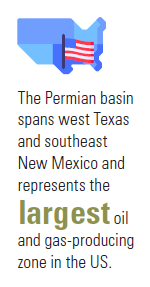
“The main impediment to emissions reductions in the Permian is the lack of an economic incentive to do so,” says Campbell. “A 2030 target is easily achievable and emissions could be cut much quicker if there were real world costs to be avoided or profits to be made. As it stands, companies are looking for a path to cutting emissions without incurring a lot of capital expenditure that will not easily be recovered,” he adds.
Campbell also noted that many of the wells where flaring is taking place today would be shut in by 2030 given typical Permian production profiles. Thus, while shorter-term flaring elimination goals can be seen as more aggressive action, longer-term targets would align with what is expected to happen anyway, at least as far as existing wells are concerned. Producers would still need to address flaring at newer wells, though.
Broader challenge
One further shortcoming of the decarbonisation initiatives currently emerging in the Permian is that they do not address Scope 3 emissions – those stemming from the end use of oil and gas by the customers of producers. This is also noted by Campbell.
“Of course, cutting Scope 1 and Scope 2 emissions really only aims at decarbonising the production of hydrocarbons,” he says. “It has no impact on the actual use of the oil by consumers which accounts for the lion’s share of emissions associated with oil and gas.”
As a result, Campbell does not believe that reducing energy consumption and methane emissions from oil and gas operations alone will enable the goals outlined by governments under the Paris Agreement to be met.
“For now, most oil and gas producers argue they do not bear responsibility for how consumers use their products,” he says.
There are a small number of exceptions to this, including among Permian operators. One is Occidental, which has set a long-term goal of net zero emissions by 2050 throughout its value chain, including Scope 3. And in October 2021, Chevron announced a 2050 net zero “aspiration”, which includes the establishment of a Portfolio Carbon Intensity (PCI) target that incorporates Scope 3 emissions.
Setting targets is one thing, though, and achieving them is another. Given the long-term nature of these efforts, the most aggressive actions may well be deferred to a later date – perhaps years from now – and executing some of the more ambitious plans may prove challenging.
New technologies
In Occidental’s case, one of its Permian initiatives is a direct air capture (DAC) plant that is currently under development and targeted for start-up in 2024. An update on that project is due in March 2022.
Campbell sees the DAC project as having limited impact, though.
“It is worth noting that the pilot project will capture up to 1mn metric tons of CO2e/year. That’s a little more than 4% of current Scope 1 and 2 emissions by Oxy and, of course, it does nothing to abate the CO2 that is emitted when the oil and gas the company produces is burned,” he said. “Oxy may be able to offer future DAC capacity to other operators if the current plant is successful but ultimately decarbonisation of oil and gas production is only a very small step towards actual decarbonisation for society.”
As with a number of emerging decarbonisation technologies, DAC has longer-term potential to have more of an impact, but has considerable hurdles to overcome, including proving economic viability.
“In the longer term, DAC could offer a pathway to producing synthetic fuels when combined with a sustainably produced hydrogen source but this process remains extremely expensive,” said Campbell. “DAC is generally a high-cost strategy for carbon abatement that is generally not viable without considerable government support or the economic returns from enhanced oil recovery.”
Occidental, as an operator of legacy conventional reserves and EOR in the Permian, is expected to benefit by lowering some of the costs associated with its DAC project. But if the unconventional drillers that dominate the Permian wanted to pursue similar projects in the coming years, they would likely find it more challenging.
Targeting flaring, electrification and the harnessing of renewables for powering operations are the comparatively easy options for Permian operators. Beyond these steps, there will be greater challenges to contend with.

